As previously discussed regarding how COVID-19 has affected the voice recording process and anime fans in Japan, it is time to explore how the virus, the state of emergency, and the new restrictions are affecting productions. anime as Japan slowly begins to revive its economy in the last stage of the plan.
Animation and the coronavirus
Japan's state of emergency declaration halted the foundations of the animation industry, with studios closed, meetings moved to online platforms, and workers adjusting to work-from-home measures. Many animators, as well as people involved in the production, confirmed that most animation studios were working remotely, even in June. However, for the 3DCG animation studios and all those who must carry out post-production processes, the transition was very difficult.
Studios like Kyoto Animation issued a statement reporting its temporary closure as did Polygon Pictures studios , who confirmed their work-from-home policies. Employees and contractors at MAPPA studios , the studio behind the latest season of Shingeki no Kyojin and The God of High School , are also working remotely and are currently updating their scheduled projects.
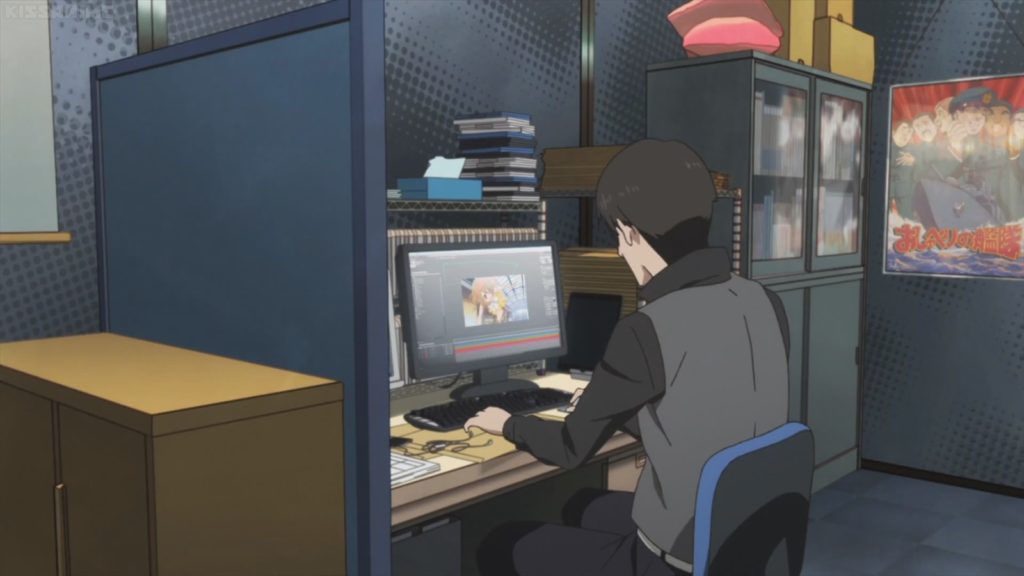
Akira Shimizu , the president of CloverWorks studios ( Yakusoku no Neverland , Fugou Keiji Balance: Unlimited ) commented on how the studio had to deal with remote work policies. Each animation studio had to establish its own way of working, and while there were many things they had in common, Shimizu highlighted the procedure that the CloverWorks studios used.
“ The way we treat the coloring, photography and art departments was to send a computer to some of our employees for use at home. Some others used the computers they already had, "said Shimizu. She added that laptops and smartphones were handed over to production managers so they could do their jobs remotely.
However, this was not an option for animators serving CloverWorks studios still working on paper, making the transition much more difficult. Shimizu commented, " Even in today's environment, some activities can only be done from the office, such as photocopying, printing, arranging deliveries, collecting data, and using our company's server ."
According to Shimizu, the original plan during the state of emergency in Japan was to only have 30 percent of the active staff in the offices. Shimizu added that they were "mostly successful with that amount" and, as of June, they were able to "operate permanently with 50-60 percent of total office employees."
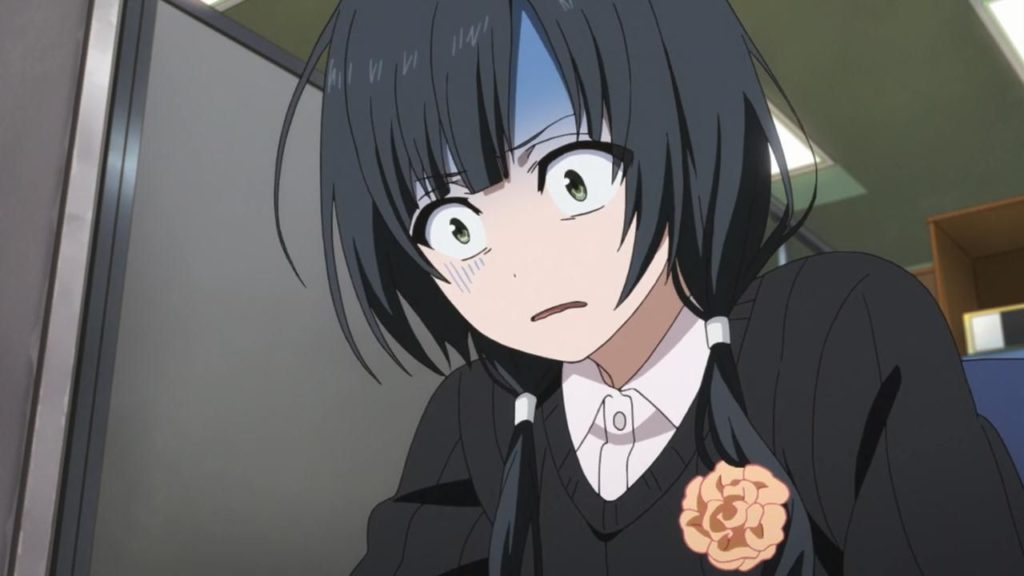
Shimizu also added that CloverWorks studios try to conduct online meetings as much as possible, using personalized shift systems and implementing social distancing within departments, as well as asking employees not to crowd during the start of the shift at enter the facilities.
D'ART Shtajio affiliate Henry Thurlow , who has worked on series like One Piece , Overlord , and many others, commented on the conditions he had to face. Thurlow mentioned that while he still went to work in the studio most days, "most of the studio workers worked from home."
For projects worked remotely, Thurlow mentioned that most staff meetings are conducted online and there are a few more steps to ensure everyone has the correct files to work with, which ultimately ends up delaying the allotted times. of production.
For series such as One Piece, Thurlow explained that, as a subcontractor, " the production schedules that we had scheduled and with which we had been working lost their meaning ."
One might think that the delays would give more time to work on an anime series to give it "extra touches", but the reality is far from that. Sadly, due to the nature of the anime industry itself, budgets allocated to a production are fixed and more studio capital can only be raised for a given project if the production committee has the means to do so. This means that an animation studio will need to find the funds to pay the staff if they want to give those "extra touches" not covered in the program.
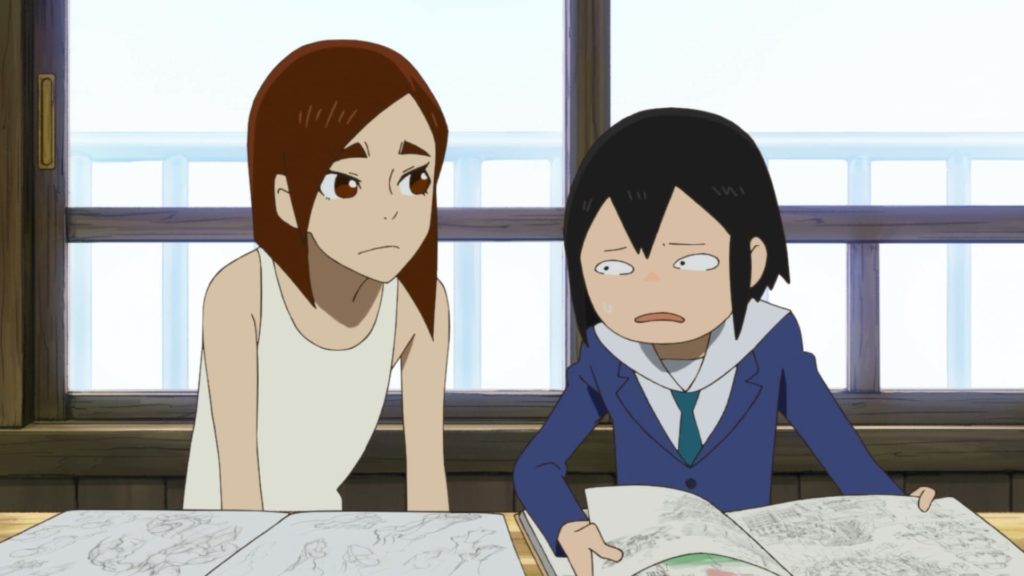
An investigation by the Japanese website Mantan Web in early June found that, on average, the state of emergency caused productions to take twice the regular time to complete.
Shimizu shared his own opinion regarding the time it takes to produce anime now, “ Due to the rapidly changing situation due to the COVID-19 pandemic, we were very limited in how we dealt with it. Therefore, we had to compensate for this reduction in efficiency by sacrificing time. Considering the safety of our employees, this was the only thing we could implement as a company in the short term . "
The current state of voice acting in the anime
At the end of April, it was observed how the voice acting had been suspended due to the declared state of emergency and the difficulties that arose due to the fact that, in normal conditions, the audio recording booths break with all the health recommendations regarding preventing the spread of the virus.
There are reports that voice acting in Japan after the state of emergency was withdrawn has been resumed, although this does not mean that everything has returned to normal. The main change is that now voice actors cannot record simultaneously, which, again, is encouraging the processes.
The virtual recording sessions were conducted via Skype (or with other programs depending on the company) in conjunction with the production committee, the production team and the director, giving instructions to the actors, with only the audio engineer present on a regular basis. physics in the recording studio with the actor.
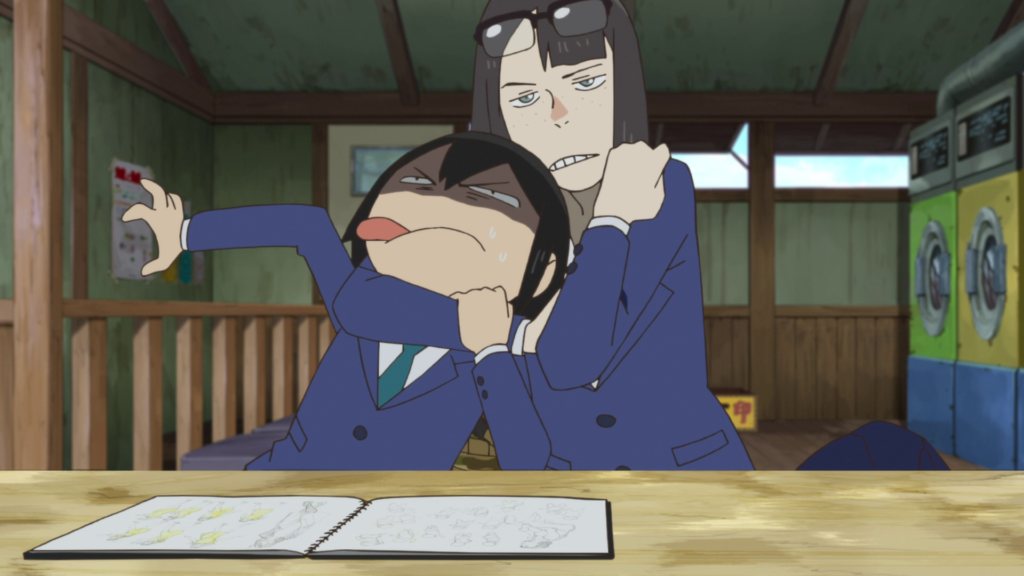
The microphones were installed in the recording booths as they used to be, but now include plastic panels that separate the actor from it. The committee makes comments via Skype during the recordings, which are channeled to the production team and on-site staff.
Unlike episode-by-episode recording sessions, multiple episodes are now recorded in one session, with the voice actor recording as many lines as possible in his work schedule. Once their space has finished, the studio is cleaned and it is time for a new voice actor to start their journey.
Sally Amaki (Sakura Fujima on 7/22 ) shot a video detailing her experience as a voice actress under these new directives, touring the facilities of a recording studio in Tokyo.
Production and planning process
Another big hurdle the anime industry faces is the amount of anime produced that has nowhere to go now.
One producer mentioned that it has now become a war to get a space on television to broadcast a program. With between 80 and 100 series being produced right now, television spots have been limited and it is becoming increasingly difficult to get one. If the user thinks that they should move to streaming platforms, it would be good to remember that broadcasting on television is still one of the primary ways in which anime is released in Japan.
According to the same producer, there are about 50 30-minute television spots per season, and projects that are nearing completion or near completion are currently being prioritized.
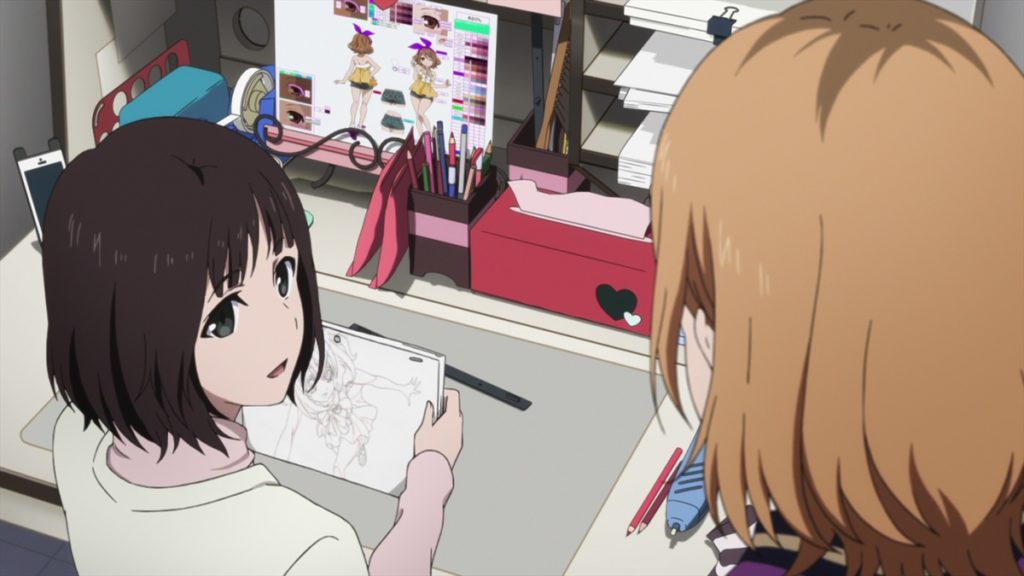
One producer confirmed that the Tower of God series had been completed well in advance of its premiere date, due in part to the approval process for China's rating boards, which forced many productions to speed up their processes before the country will block transmissions. Added to this was the rush to overcome the declaration of the state of emergency in Japan, at which time many series such as Hatena Illusion could not finish on time.
In saying that, the domino effect of the series that began to delay their releases began and lasted for quite some time. Some series that were slated to premiere in April had to be postponed until October (or later) with more delays, including series that already had a set date.
This has caused some production committees, especially for series that have already been officially announced but do not yet have a defined release date, even hesitate to give a release date due to the unpredictability of the current situation.
The future of anime after the pandemic
There are still some sectors in anime production that have largely not changed, some aspects continue to feel as analogous as they were in the 1990s, but COVID-19 has caused much of the industry to be forced to update its production processes. Shimizu said he hopes CloverWorks Studios can "eliminate paper work in the future as much as possible," which could allow "intermediate work done by production management to be done digitally as well."
Since many animations are done by freelance animators, with different life situations, Shimizu mentioned that the studio is analyzing to offer their work from home options. " We would like to support the creation of an environment in which not only permanent employees but also freelance animators can actively work from a computer, " he said. She added that the study hopes "to create an environment in which the work can be carried out efficiently from anywhere." For now, however, Shimizu mentioned that the study is seeking to continue making essential reforms, including developing infrastructure within the company to make this possible, incorporating elements that CloverWorks has noted worked during the state of emergency.
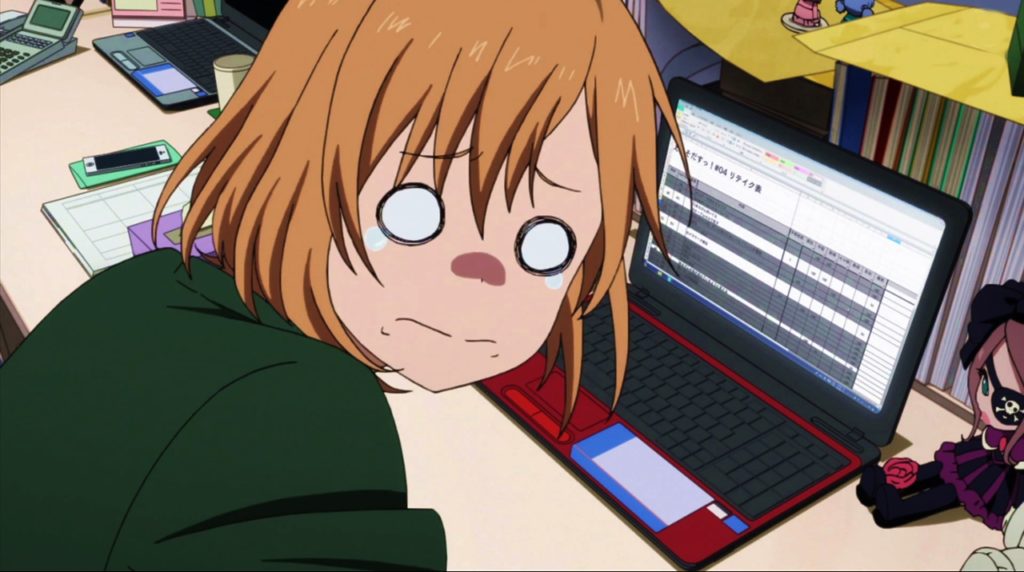
For their part, for Thurlow and D'ART Shtajio, overcoming the COVID-19 will be difficult due to the canceled or postponed projects. Thurlow worried for a while that for a while it might not even be possible to pay the rent for the facility. " Things are back to normal, " he said, but he also asked openly, " Is there someone there, be it a customer or a company, willing to pay up front to help mitigate some of the damage caused by lost work? I do not think so. "
Source: Crunchyroll









